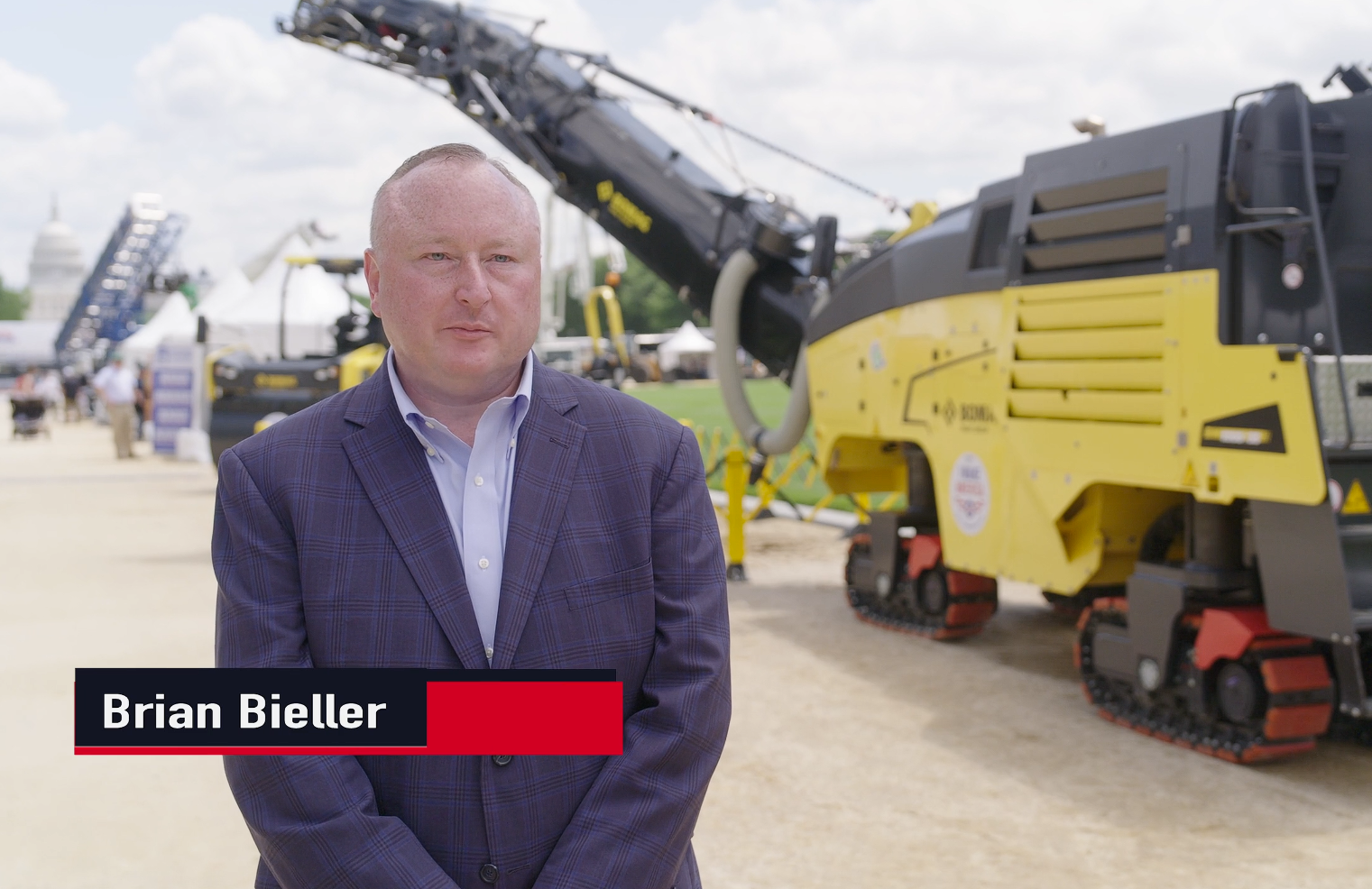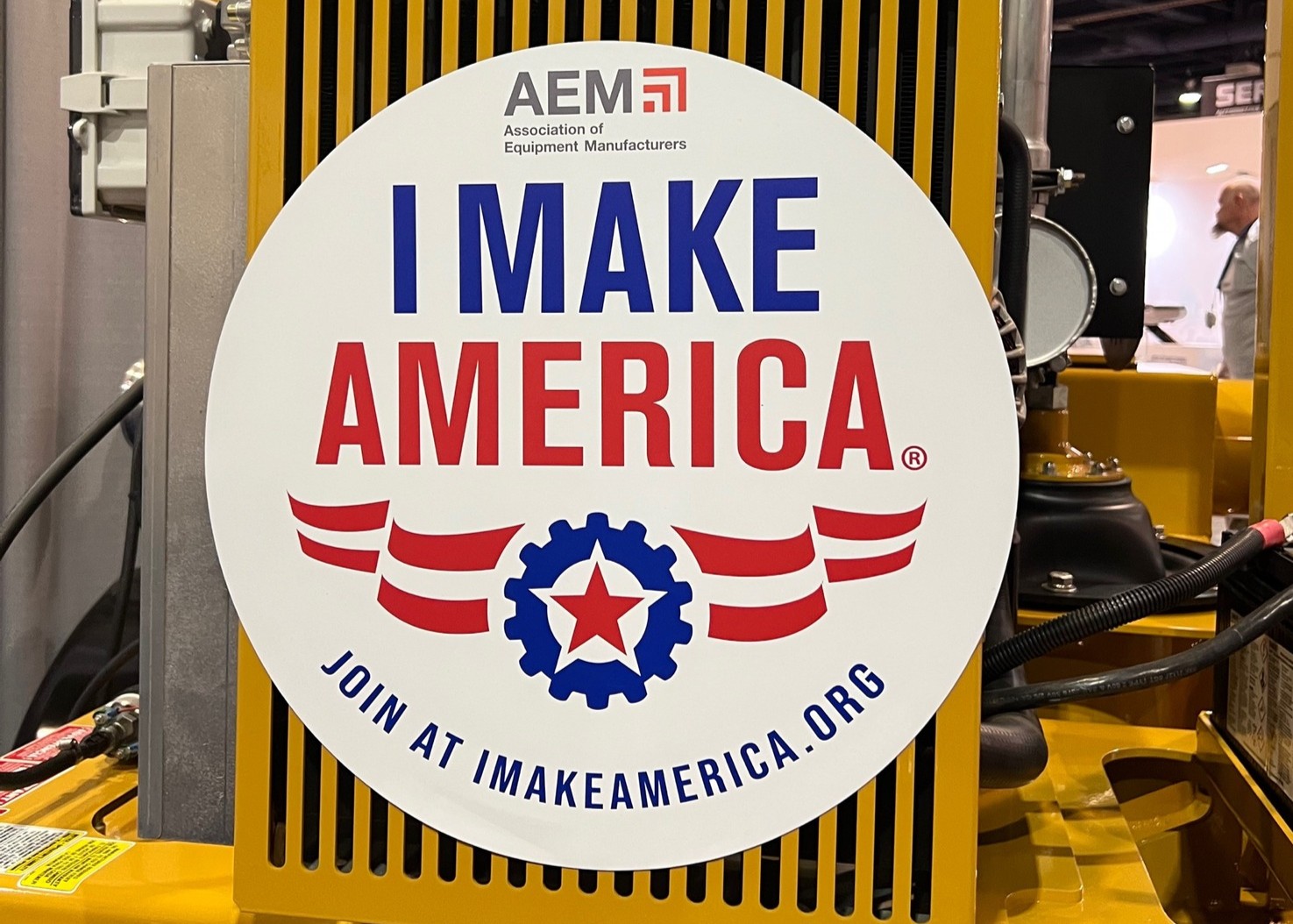AEM has announced its commitment to a set of national policy priorities to revitalize the infrastructure systems that move the American economy. The announcement today comes as the Brookings Institution publishes its new report outlining a new affirmative vision for U.S. infrastructure titled “Rebuild With Purpose: An Affirmative Vision for 21st Century American Infrastructure,” – which will highlighted during a virtual event today from 2:00 – 3:15 pm ET.
The event this afternoon will feature keynote remarks by Senator Tom Carper (D-Del.), Chair of the Committee on Environment and Public Works, and Senator Maria Cantwell (D-Wash.), Chair of the Committee on Commerce, Science, and Transportation. A panel of notable experts, including Austin Ramirez, CEO of Husco and Vice Chair of AEM’s Infrastructure Vision 2050 Task Force, will discuss these key recommendations and how to design a policy that incorporates the best elements and solves 21st century challenges.
The new report was made possible with vital funding provided by the Association of Equipment Manufacturers and outlines how infrastructure can continue to build long-term American competitiveness. It is not tied to current political cycles, legislative calendars, or which elected officials fill the country’s legislative chambers and executive mansions. The purpose of the report is to recommend shared priorities for a forward-looking national vision, justify them with rigorous research, and use those priorities to craft high-level strategies to inform policy change.
“Equipment manufacturers believe that rebuilding and modernizing our nation’s infrastructure is always an optimistic choice,” said Dennis Slater, president of AEM. “It reflects the collective belief that we need to make a transformational investment in infrastructure to grow our businesses, improve our quality of life, and protect our environment for the generations to follow. ‘Rebuild With Purpose’ reflects many of the policy priorities advanced by AEM’s Infrastructure Vision 2050, and we urge the business community and policymakers to embrace an affirmative vision for 21st-century infrastructure and break free from the same old policies that have failed to move our country forward.”
AEM’s Infrastructure Vision 2050 offers an optimistic vision for how to build a modern, sustainable, and equitable infrastructure for all Americans. This bold initiative is advancing a forward-looking vision for American infrastructure that will help the United States respond to its biggest challenges in ways that improve the quality of life for all Americans, reinforce America’s global economic standing, and protect the planet. Today, under the leadership of the Infrastructure Vision 2050 Task Force, the equipment manufacturing industry continues to drive the national conversation about the future of U.S. infrastructure. More information about Infrastructure Vision 2050, including a one-pager outlining the report’s top takeaways, a series of thought leadership videos are available at: www.IV2050.org.
“The equipment manufacturing industry is leading the way in advancing a new vision for U.S. infrastructure that will solve today’s challenges and capture future opportunities,” said Jason Andringa, CEO of Vermeer Corporation and Chair of AEM’s Infrastructure Vision 2050 Task Force. “As America approaches its 250th anniversary, we have a generational opportunity to renew our commitment to cutting-edge transportation, water, energy, and telecommunications infrastructure and boost our national competitiveness. The time to rebuild is now.”
The announced commitment today champions four key recommendations that will restore America’s economic competitiveness, enhance equipment manufacturers’ ability to meet the challenges and opportunities of the 21st century, and improve the lives of all Americans:
- Expand broadband connectivity, skills programming, and sensor deployments that deliver economic efficiency and equity in the digital age.
- Create new sector partnerships, expand work-based learning programs, and more visible outreach to disadvantaged and underrepresented workers to ensure infrastructure industries serve as a growing source of economic prosperity.
- Ensure states and localities are on a stable fiscal footing so that they can boost net infrastructure investment and experiment with new data and technology throughout the infrastructure design, planning, and construction process.
- Transition to renewable energy sources, limit development in vulnerable locations, and adopt more resilient building standards that can help avoid the worst environmental impacts while still adapting to an evolving climate.
Visit www.IV2050.org for more information.
For more AEM news and updates, subscribe to the AEM Industry Advisor.





